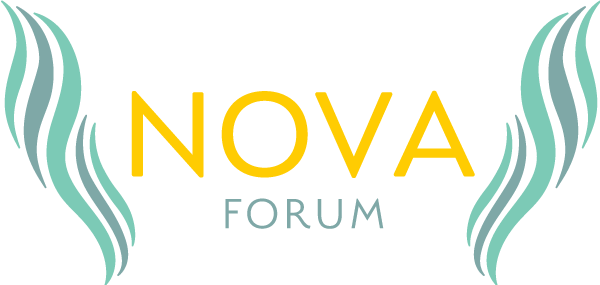Session 1:
Prof. Amy Cannon (USC): Christianity and modern science fiction
The first session of Seminar 5 is led by Prof. Amy Cannon, who delves into the literary legacy of Thomas More’s Utopia. Cannon focuses on the genres of speculative fiction inspired by his work and the ways that they continue to critique contemporary social structures. Cannon introduces the works of Octavia Butler and Toni Morrison as a counterpoint to utopian literary visions. She suggests that they help us to examine the costs of utopian visions— who they include and exclude, and what social distinctions they depend upon. Cannon then leads a discussion of a short story by Butler about our ability to imagine heaven. Nova Forum fellows discuss how ideas of perfection can both expand or limit our capacity to rethink political and social structures.
Please find all material referenced during the seminar below.
Please find all material referenced in session one below.
Octavia Butler’s short story, “The Book of Martha”
Article on Toni Morrison as a Catholic writer
Henry Adams, “The Dynamo and the Virgin” (1900)
Stanley Kubrick, 2001: A Space Odyssey (1968)
Andrei Tarkovsky, Solaris (1972)
Octavia Butler exhibit at The Huntington Library
Toni Morrison’s “Foreword” to her novel Paradise
Gregory of Nyssa on epektasis
Rule of St. Benedict
Martyrdom of Sts. Perpetua and Felicitas
St. Augustine of Hippo, Confessions, IX.10: the vision at Ostia with Monica
Session 2:
Prof. Stefano Rebeggiani (USC) hosting Prof. Giuseppe Pezzini (University of St. Andrews): On Tolkien
Our second session is hosted by Prof. Stefano Rebeggiani, who invited Prof. Giuseppe Pezzini from the University of St. Andrews to discuss the work of the Catholic novelist J.R.R Tolkien. Pezzini begins from the question: What is the nature and purpose of a Catholic imagination? Pezzini is particularly interested in a paradox found in Tolkien’s Lord of the Rings. While it reflects his Catholic identity, the work is self-referential, not an allegory of Christianity. Pezzini unfolds the paradox by exploring the foundation of Tolkein’s mythology, originating from aesthetic and linguistic inspirations, and tracing the development of Tolkien’s theory of creativity. Following Pezzini’s presentation, Nova Forum fellows discuss Tolkein’s works and literary methods.
Please find all material referenced during session two below.
Tolkien’s Letter 131 to Milton Wadman
Excerpts from Tolkien’s essay, “On Fairy Stories”
Prof. Giuseppe Pezzini’s scholarship
J.R.R. Tolkien, The Silmarillion
J.R.R. Tolkien’s Letter 165 to the New York Times (1955)
St. Augustine of Hippo, Confessions, I.1: cor inquietus (restless heart)
St. Thomas Aquinas on beauty as the splendor veritatis (splendor of truth)
